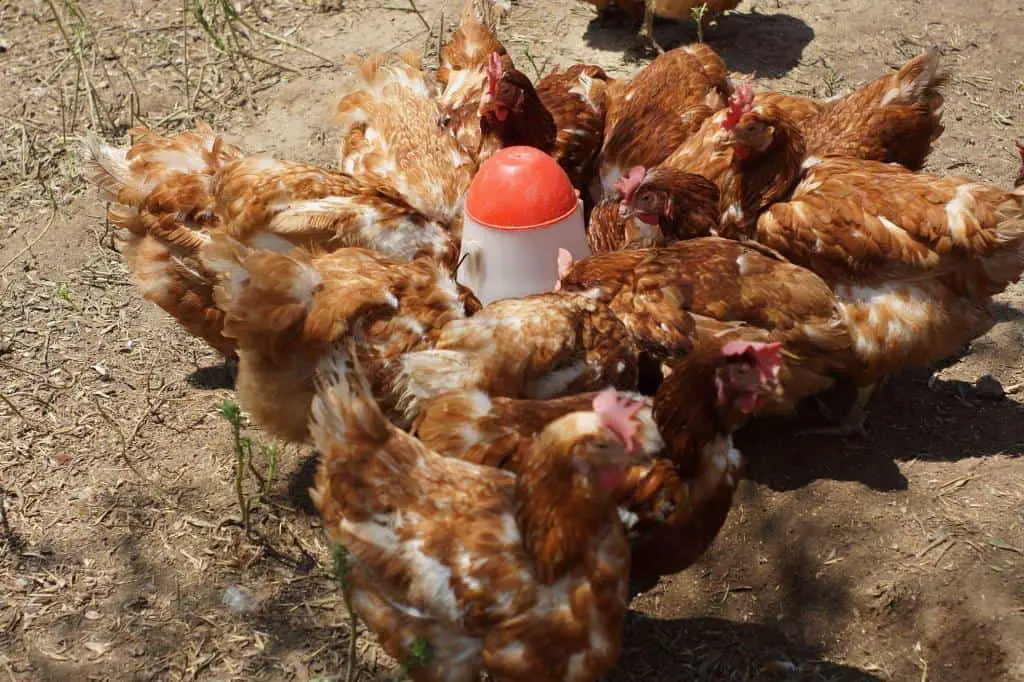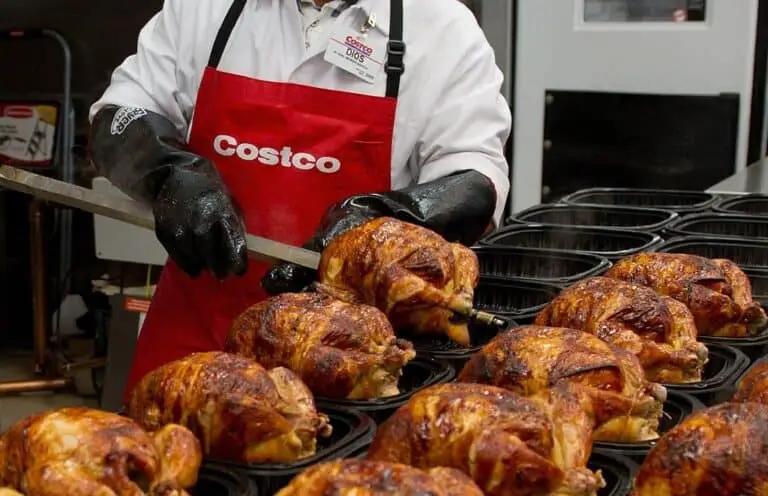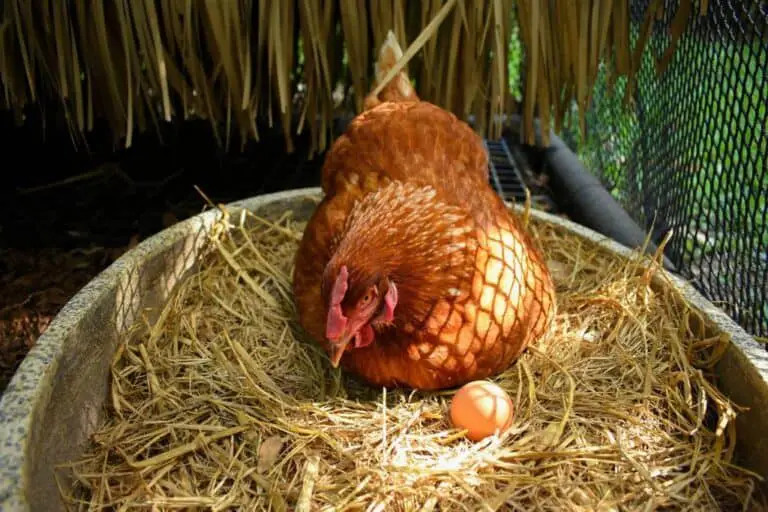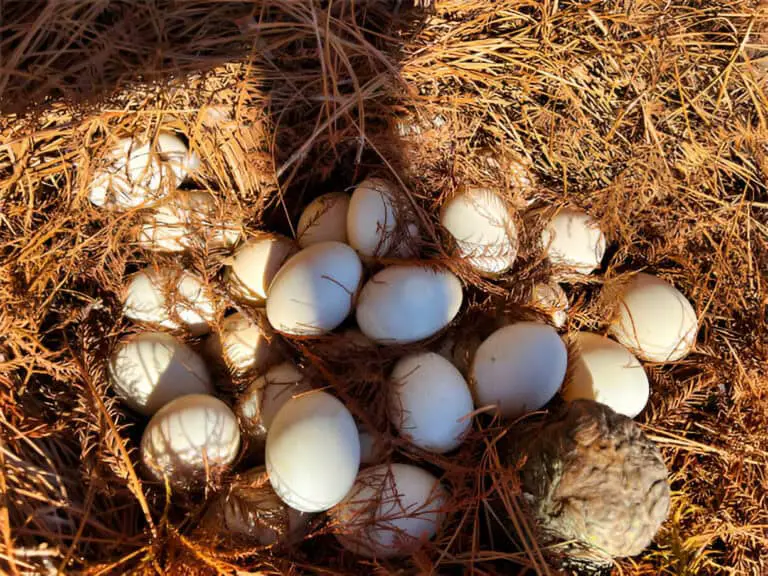Bioengineered Chicken Explained: What You’re Really Eating

Let me be honest—the first time I heard “bioengineered chicken,” my mind immediately jumped to sci-fi images of featherless Franken-chickens growing in lab vats. But after digging into the science (and talking to actual food researchers), I realized the truth is both less scary and more fascinating than I imagined.
If you’ve ever stared at a suspiciously plump chicken breast wondering whether scientists have been tinkering with its DNA, you’re not alone. Let’s cut through the hype and look at what bioengineered chicken really means for your dinner table.
What Exactly IS Bioengineered Chicken?
Here’s the simple version: Bioengineered chicken refers to poultry that scientists have modified at the genetic level to achieve specific traits. Unlike traditional breeding (where farmers might select the biggest chickens to reproduce over generations), the process involves directly editing the bird’s DNA.
How It’s Different From Regular Chicken Farming
| Traditional Chicken | Bioengineered Chicken | |
| Method | Selective breeding over generations | Direct DNA modification |
| Timeframe | Years/decades | Potentially immediate |
| Precision | Broad traits (size, health) | Specific gene edits (disease resistance, muscle growth) |
| Examples | Cornish Cross breeds | Not yet commercially available |
The key thing? As of 2024, you won’t find bioengineered chicken in supermarkets. The only FDA-approved bioengineered animal food is AquAdvantage salmon. But several companies are racing to bring GMO poultry to market.
| Read: The Americana Chicken Breed: Unique Traits and Care Tips |
Why Would Anyone Bioengineer a Chicken?

When I first heard about this, my reaction was, “Why mess with something that already tastes good?” But the reasons might surprise you:
- Disease Resistance
- Avian flu wipes out millions of birds yearly. CRISPR-edited chickens could potentially resist deadly viruses.
- Faster Growth
- Some experimental lines grow 20% faster on less feed. In a world fighting food insecurity, that matters.
- Allergy Reduction
- Researchers are exploring chickens that produce eggs without common allergens.
- Environmental Impact
- More efficient chickens = less land, water, and emissions per pound of meat.
The Elephant in the Room: Is This Safe?
I won’t sugarcoat it—the idea of eating genetically modified chicken or animals makes many people (including me, initially) nervous. But here’s what changed my perspective:
What Science Says So Far
- The FDA requires years of safety testing before approval
- Digesting GMO proteins isn’t fundamentally different from regular proteins (your stomach acid doesn’t care about the chicken’s resume)
- Every major scientific organization (AMA, WHO, NAS) agrees approved GMOs are safe
Legitimate Concerns Worth Watching
- Potential for corporate control of food supply (looking at you, Big Ag)
- Unintended ecological consequences if modified birds escaped
- The “yuck factor”—our brains are wired to distrust “tampered” food
How You’ll Know If You’re Eating Bioengineered Chicken
When (not if) these products hit shelves, here’s how to spot them:
Labeling Requirements:
- USDA mandates clear “bioengineered” labels
- Look for the BE symbol on packaging
- Restaurants won’t have to disclose (yet)
What Won’t Be Considered Bioengineered:
- Chickens given antibiotics or hormones (different issue)
- Selectively bred birds (like today’s extra-large breasts)
- “Natural” or “organic” labeled poultry
| Related: Do KFC and McDonald’s Use Free Range Chicken? |
Nutritional Implications of Bioengineered Chicken
When it comes to nutrition, bioengineered chicken and traditional chicken are quite similar in protein content, fat levels, and calories. However, slight differences can exist depending on how the chickens are raised or modified. Some bioengineered chickens may have added nutrients or reduced fat, but overall, the differences are minimal in most commercial products.
Here’s a simple comparison:
| Nutrient (per 100g) | Traditional Chicken | Bioengineered Chicken |
| Calories | 165 | 160–170 |
| Protein | 31g | 30–32g |
| Total Fat | 3.6g | 3–4g |
Bioengineered food products, including chicken, are subject to strict safety regulations. In the U.S., agencies like the FDA and USDA oversee the approval process, which involves rigorous testing to ensure safety for consumption. These tests evaluate allergen risks, toxicity, and nutritional quality.
In short, bioengineered chicken is considered just as safe and nutritious as its traditional counterpart when approved under these guidelines.
What Real Farmers Think About This
I visited three poultry farms while researching this piece, and opinions were split:
Small Organic Farmer (Maine):
*”This is Monsanto 2.0—we’re trading short-term gains for long-term dependency.”*
Commercial Grower (Arkansas):
“If it keeps my birds healthy and feed costs down, I’ll be first in line.”
Agricultural Scientist (UC Davis):
“The tech itself is neutral. It’s about how we regulate and implement it.”
My Personal Takeaway
After months of research, here’s where I’ve landed:
✅ The technology itself isn’t inherently dangerous
✅ Current regulations seem robust (but need watching)
❌ I’d avoid first-generation products until long-term data exists
🍗 I’ll still enjoy regular chicken guilt-free
The future is coming whether we like it or not. Our job as consumers is to stay informed, ask tough questions, and—when the time comes—vote with our wallets.
What do you think? Could you see yourself buying bioengineered chicken if it was cheaper/safer/more sustainable? Hit reply and let’s debate—I read every response.






